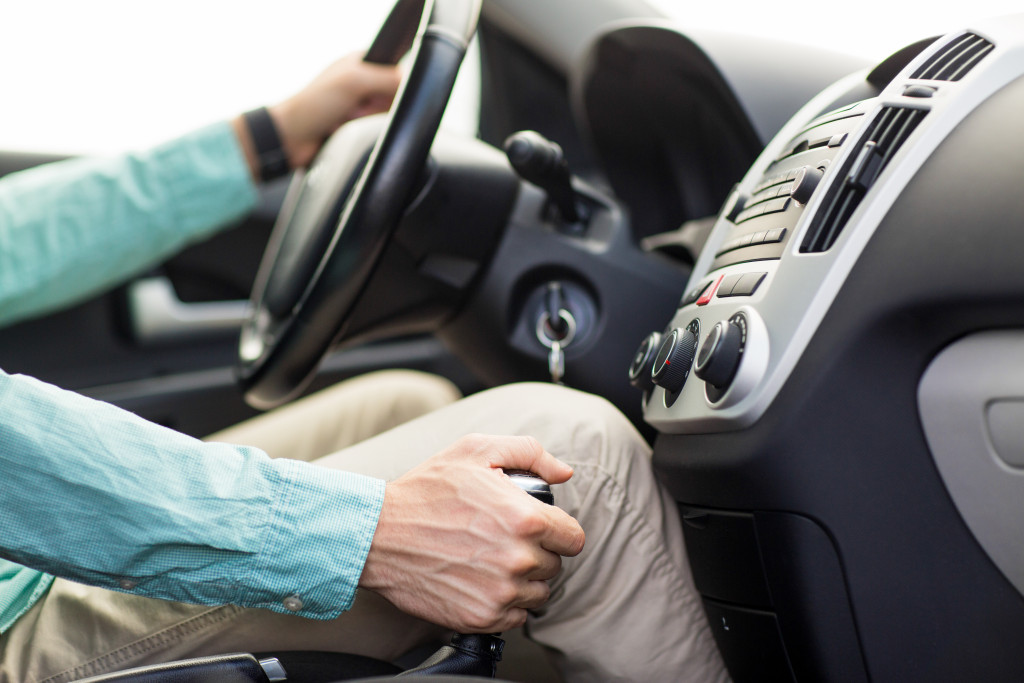Before the pandemic, Americans took 9.9 billion trips via public transit. As the primary mode of transportation for most Americans, the country needs to keep its public transit efficient and innovative. Thanks to technology, commuters experience a smooth journey most of the time. If they’re in a hurry, all they need to do is hail an Uber or Lyft through their phones, and they’re off.
Technology has improved public transit systems not just in the U.S. but all over the world. Singapore, for example, is known for its highly-digitalized public transit services. For this reason, Singapore City ranked first in Far and Wide’s list of “Cities with the Best Public Transportation.” Commuters in Singapore enjoy cutting-edge electronic services, such as the EZ-link card, which can be connected to a mobile app.
But no technology is foolproof. The improvements it gave to public transportation weren’t without its challenges. While the advantages are greater, the effects can be extensive if a particular situation manifests the disadvantages.
Improvement: Increased Sustainability
One of the key improvements in public transit over the last few years is increased sustainability. Sensors and IoT (Internet of Things) devices made this possible. It provided useful data for municipalities, fleet managers, and passengers.
For example, in Sweden, a study equipped city buses with wireless sensors so that they would monitor air pollution in real-time. The sensors provided accurate data on highly polluted urban areas. As a result, urban planning decisions became better-informed, and air quality improvement efforts were made.
In the U.S., particularly in Chicago, new buses use a clean-diesel engine. Electric buses are planned to be added to the fleet.
With regard to fleet operations, telematics technology helped fleet managers identify and address issues like fuel consumption, temperature control, driving routes, operating efficiencies, and more. For ease of maintenance, predictive analytics helped, allowing fleet operators to manage their environmental impact.
Improvement: Enhanced Punctuality and Minimal Delays
When it comes to punctuality, the trains in Tokyo, Japan, are unmatched. They strictly adhere to schedules even within the rush hour. Indeed, if you accommodate 3.5 billion passengers every year, you need to provide impeccable service. Tokyo’s rail network serves more passengers than any rail network in the whole world.
Since 80% of jobs and Tokyo’s population are within a kilometer of a metro or subway station, accessibility is guaranteed. And even if jams or any other causes of delay disrupt their trains, they will barely be late. The system is so efficient that if the trains arrive too early, it’s also considered rude. Once in 2018, the city made headlines when an official profusely apologized to the passengers because the train arrived 25 seconds too early.
Improvement: Cleaner and Safer Air

Public transportation was temporarily halted during the pandemic because it couldn’t support social distancing. But it adapted to the crisis pretty quickly. Acrylic shields between seats social distancing stickers were installed, and passengers were limited per car. For air to be safer, buses and trains employed air purification technologies. It reduced certain volatile organic compounds (VOCs) and other impurities in the air.
While these strategies didn’t make public transportation 100% safe, they still helped decrease viral transmission risks. They also offered a more comfortable experience for passengers.
Challenge: Ventilation and High Occupant Density
Many trains today are designed the way they were years ago. That is to say, they were still built to accommodate several passengers at once. As such, the air inside trains — and buses — are often stuffy, and the ventilation could use improvements.
This created challenges during the pandemic. Air purifiers didn’t change the way air circulates inside buses and trains. As such, if a passenger removes their mask or forgets to practice social distancing, they can infect other passengers or be infected themselves.
Challenge: Liability During Ride-sharing Accidents
Uber and Lyft are big blessings to many American commuters. But if an accident happens and the passenger is hurt, those ride-sharing apps can quickly feel like a curse.
To make Uber liable for a passenger’s injuries, the passenger would need help from an Uber accident lawyer. Otherwise, the driver’s personal auto insurance would cover the damages — if they agree to it. Who gets blamed is tricky in this situation because Uber treats their drivers as independent contractors, not employees. As such, Uber drivers are responsible for the maintenance of their cars and the experience of their passengers. Thankfully, the policies are changing, and Uber now compensates passengers who got hurt during their Uber ride.
Despite the challenges and imperfect improvements, technology is still a great help to public transportation systems. Besides, no upgrade is meant to be completely faultless. What’s more important is the outcomes. If passengers are happy and satisfied, then public transport is where it needs to be.

